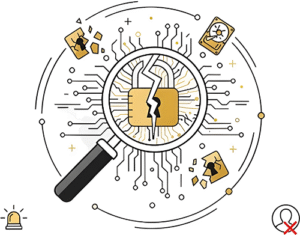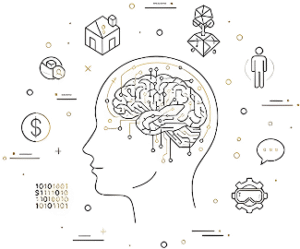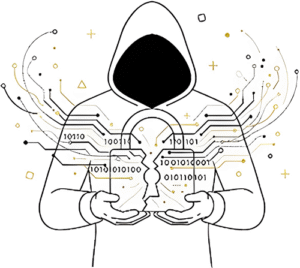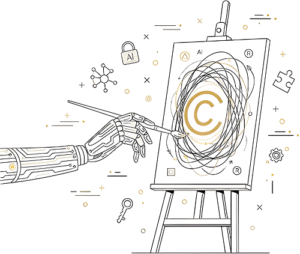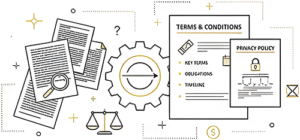From “Greenwashing” to Verifiable Compliance – How to Visualize ESG Reporting?
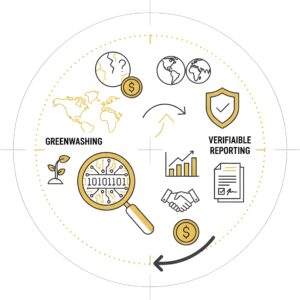
ESG (Environmental, Social, and Governance) reporting is no longer just a nice addition — it is a global legal obligation and one of the biggest sources of regulatory and investor risk. Companies are under increasing pressure to prove their ethical claims.
The problem is that these reports are often a pile of scattered, textual data that are unclear for auditing and prone to suspicion of so-called “Greenwashing” (false representation of environmental or social responsibility). This is where LDT and Legal Tech come together to turn vague claims into transparent and legally verifiable evidence.
The Risk of Unreadability: Why Do Text-Based ESG Reports Lead to Greenwashing?
Companies use Legal Tech (RegTech platforms) to collect complex data on energy consumption, gender equality, or supply chain ethics. But when this data reaches the legal or communications team, it often turns into a long, narrative-style report.
This creates three key problems and risks:
- Regulatory Risk: If the reports are ambiguous, regulatory bodies (especially in the EU/Geneva) have grounds for sanctions due to false information, and the penalties are severe.
- Loss of Investors: Investors (especially in New York) demand verifiable data. If a company cannot clearly show its progress, it loses both capital and trust.
- Operational Chaos: Internal teams cannot easily track their contribution to ESG goals if data is scattered.
LDT serves as a tool for turning raw data into a functional compliance system.
LDT designs visual tools that turn complex international obligations into simple and functional business decisions.
LDT designs an interface that not only reports compliance but also makes it simple to audit and implement internally.
- Visual ESG Dashboard: Instead of hundreds of pages, LDT creates visual control panels. Using color codes and metrics, a single dashboard instantly shows investors where the company is green (compliant) and where it’s red (at risk).
- Accountability Chain Map (Governance): LDT designs clear flow diagrams that visually display who within the company is responsible for each part of the ESG report. This eliminates confusion and prevents blame-shifting in case of non-compliance.
- Report Standardization: LDT is used to create visually consistent and comparable reports for all stakeholders (regulators, consumers, investors), ensuring that the truth about compliance is told clearly and unambiguously.
LDT and RegTech together transform ESG reporting from a regulatory burden into a strategic advantage. By designing verifiable transparency, companies not only avoid the risk of Greenwashing but also actively attract ethically driven investors.
Is your company truly working on compliance — or has it just mastered the art of beautifully hiding uncomfortable data?
Other blogs
From “Greenwashing” to Verifiable Compliance – How to Visualize ESG Reporting?
ESG (Environmental, Social, and Governance) reporting is no longer just a nice addition…
Global Compliance: How to Design Rules for Data Flow Across Different Jurisdictions (EU/US)?
Today's business is global, and data knows no borders. However, the laws are still local….


